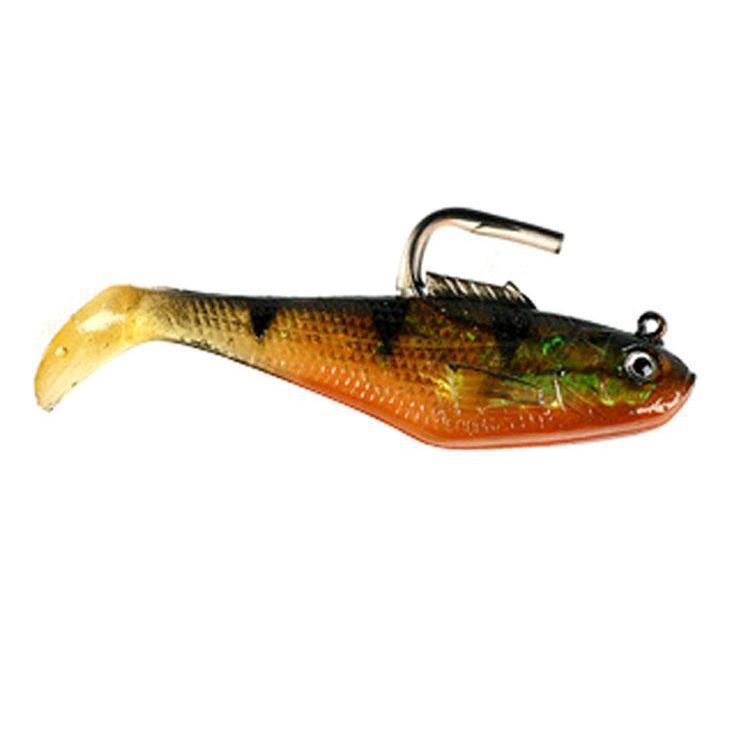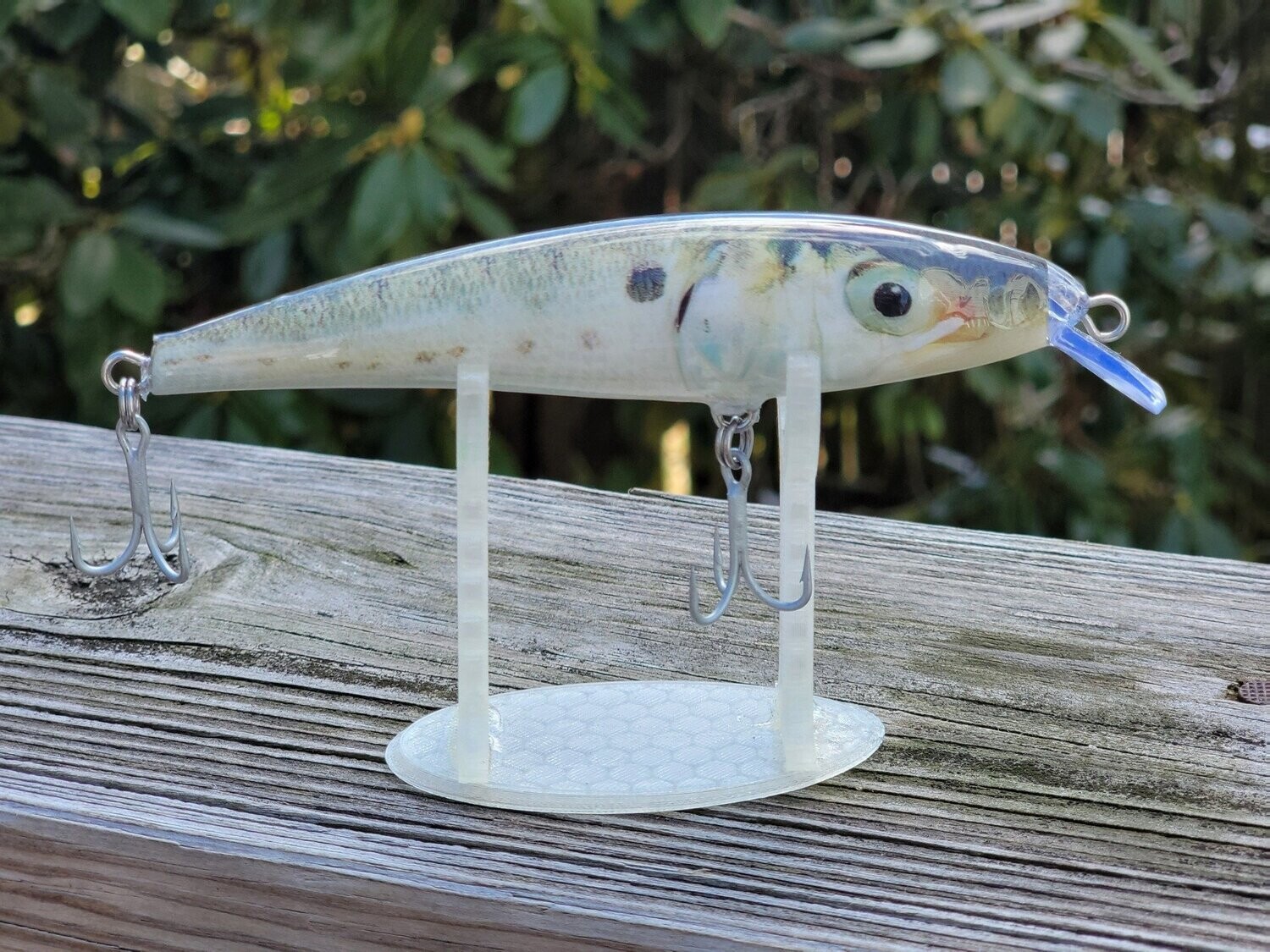Menhaden (Pogies): The Ultimate Baitfish Guide & Where To Buy
Ever wonder what the secret weapon is for anglers targeting a vast array of marine gamefish? The answer, more often than not, swims in schools of shimmering silver: the menhaden, a bait so universally appealing its practically a marine buffet!
The menhaden, also known as mossbunker or bunker, is more than just a fish; it's a linchpin in the marine ecosystem and a go-to bait for fishermen from novice to professional. Scientifically classified under the genera Brevoortia and Ethmidium within the family Clupeidae, these forage fish are the unsung heroes of the underwater world. The name "menhaden" itself is a testament to their historical significance, blending "poghaden" (pogy for short) with an Algonquian word akin to Narragansett "munnawhatteag," derived from "munnohquohteau," meaning "he fertilizes," a reference to their traditional use in enriching the soil.
While the etymology and scientific classification are interesting, what truly matters to the angler is their unparalleled effectiveness as bait. Offshore, the list of species that eagerly devour menhaden reads like a who's who of the ocean's apex predators: sailfish, kingfish, cobia, blackfin tuna, cudas, sharks, tarpon, and wahoo all fall prey to the allure of these oily baitfish. Inshore, flounder and redfish are known to "go nuts" for pogies, and even the notoriously finicky sea trout will succumb to their charms, especially the larger specimens.
- Movie Rulz App Download Your Ultimate Guide To Streaming Bliss
- Stream And Download Hd Mp4 Movies Your Ultimate Guide
The availability of menhaden is crucial for both recreational and commercial fishing. Recognizing this, suppliers like OHara Lobster Bait source frozen menhaden from around the globe to supplement seasonal herring catches and ensure a consistent supply for their customers. From west coast rockfish to Pacific Ocean tuna heads, a wide variety of frozen bait options are stocked, catering to diverse fishing needs. Purchasing options range from individual boxes to pallets for volume discounts, making it easy to stock up for extended fishing trips or commercial operations.
The appeal of pogies extends beyond their natural flavor. Companies like Berkley offer products like PowerBait, designed to mimic the enticing qualities of natural bait. With claims that fish hold on 18 times longer, these artificial baits provide anglers with the time and confidence to feel more bites, set more hooks, and ultimately, catch more fish. These reaction baits are particularly effective for bass, walleye, and other predator species, offering a versatile option for freshwater anglers as well.
For those seeking the real deal, small bags of pogie fish are often available for sale at local bait shops. Prices typically range from $3.75 for 3lbs to $5 for 4lbs, offering an affordable way to secure this prized bait. Given their popularity, its advisable to check availability and "pick up a bag while supplies last," especially during peak fishing seasons.
- Singham Again Full Movie Download Mp4moviez The Ultimate Guide To Safely Watch Your Fave Film
- Filmyzillalol Your Ultimate Guide To Movies And Entertainment
The "pogy bait" enjoys a global reputation, favored by anglers of all skill levels. Innovative products like the "fresh oc pogie multi-jointed hard swimbait" further demonstrate the versatility of this baitfish. These artificial lures, designed to mimic the lifelike movement of a live pogy, are available in irresistible color combinations and are engineered to "swim like the devil himself is chasing it!"
Despite their effectiveness, some anglers find pogies elusive. One angler recounts that "up until 2011, pogies had eluded me for years," and "how to catch pogies had remained a mystery the greater part of my time on earth." However, with persistence and experience, the mystery can be unraveled. "At least for the moment," the angler concludes, "live pogies make great bait for striped bass and bluefin tuna." The price can reflect their desirability, with prices soaring early in the tuna season.
Indeed, "pogie fish are considered one of the best bait fish to use for catching yellowfin tuna." Understanding their behavior is key to successful fishing. Schools of pogies are typically found in the early parts of the year, congregating in specific areas. However, proper handling is essential to maintain their effectiveness. If not handled correctly, "the fish will likely get mushy and not stay on the hook as well as they could." Seasoned anglers like Brock recommend keeping them in a bucket, surrounded by ice in a cooler, to ensure they remain as fresh as possible.
The consensus among experienced fishermen is that "fresh bait (even if its dead) will stay on the hook for much longer than frozen bait." Techniques for rigging pogies vary, but one common method involves hooking the baitfish "just in front of the dorsal the majority of the time." This approach "seems to give it plenty of action, keeping the pogie very lively and generating a lot of" strikes.
Beyond their use as bait, the porgy (a close relative, and sometimes confused with menhaden) is also a sought-after table fish. Described as a "fishermans request item," the "sweet and flaky porgy is among the finest tasting fish in the Atlantic Ocean." While they "have some bones to work around," those willing to put in the effort will be "handsomely rewarded." A simple preparation involves brushing each lean, meaty porgy with olive oil and grilling it to perfection.
The availability of fresh fish is paramount, and suppliers often emphasize their direct relationships with local fishermen. This "enables us to have the freshest fish possible at competitive prices," sourcing product "directly from local fishermen up and down the New England coast as well as from processing vessels overseas." Customers are encouraged to inquire about current availability and pricing.
From a broader perspective, menhaden play a vital ecological role. As filter feeders, they consume large quantities of plankton, helping to regulate water quality. However, this also makes them susceptible to environmental contaminants. They are also a crucial food source for a wide range of marine life, including whales, birds, and many other species of fish. The health of menhaden populations is therefore indicative of the overall health of the marine ecosystem.
For anglers seeking to capitalize on the effectiveness of pogies, understanding their behavior and habitat is essential. "Anglers need only find pods of bait on the surface or look for an area with a live corral bottom to have success." With a bit of luck and skill, "chances are, at least one reel will be smokin before the day is over." While "live pogies [are] not a requirement," they certainly increase the odds of a successful catch.
In situations where live pogies are unavailable, anglers should consider the next best alternative. "Anglers who run into a school of aggressive kings but have no live pogies on hand should fish the next best thing." This might include using cut bait, artificial lures that mimic the appearance and movement of pogies, or other effective baitfish.
The physical characteristics of menhaden vary slightly depending on the species. "The Atlantic and Gulf species have additional spots on sides and brassy colored scales," while "the yellowfins sides are dull silver." Despite these differences, "all three species are used interchangeably" as bait. Their oily composition and distinct scent make them irresistible to a wide range of predatory fish.
Menhaden are also versatile in their application. They are recognized as "one of the best tarpon baits" and "can also be used as cut bait for bottom dwelling fish." Their adaptability makes them a valuable asset for anglers targeting a variety of species and fishing environments.
The world of fishing is often unpredictable. "They just dont know it," one angler muses. "The sea is a funny place." The best approach is to be prepared, adaptable, and knowledgeable about the available resources, including the ubiquitous and highly effective menhaden.
Since 1999, suppliers have been dedicated to providing "the best in fishing supplies," recognizing the importance of quality bait and tackle. Companies like Pacific Edge specialize in manufacturing "the number one selling quality bait tanks in the world," featuring "circulation systems, adjustable water levels and directional baffles" to "keep delicate live bait strong and healthy." These tanks are available in sizes ranging from 12 gallons to 250 gallons and can be customized with various accessories.
The availability of bait is often a critical factor for successful fishing trips. "Bait 24 hour bait machine click here fresh/live bait please call ahead to make sure that we have what you need in stock." Due to high demand, "all bait is first come first served." Options like "fresh alewife our alewife (or bunker, menhadenwhatever you call it!) are" popular choices, highlighting the interchangeable nature of various baitfish within the menhaden family.
The legacy of the fishing industry is rich and enduring. "Opened in 1822, New York Citys Fulton Fish Market is one of the oldest fish markets in the United States." Today, online platforms like "Fultonfishmarket.com gateway to the new Fulton Fish Market" offer access to "the world's largest assortment of seafood online," connecting consumers with a vast network of suppliers and products.
In conclusion, the menhaden, or pogy, is far more than just a baitfish. It's a cornerstone of the marine ecosystem, a valuable resource for anglers, and a testament to the enduring connection between humans and the sea. "Pogies are also an important food source for whales, birds and many species of fish," underscoring their critical role in the intricate web of life that thrives beneath the waves.
- Ullu Web Series Free Online Watch Your Favorite Episodes Anytime Anywhere
- Movierulz St Kannada Your Ultimate Guide To Kannada Movies

Berkley PowerBait Pogy Bait Perch Sportsman's Warehouse

Berkley PowerBait Pogy Bait Silver Shad Sportsman's Warehouse

Baby Bunker (Pogie)Live Series Casting Crank Bait (5.5", 1.6 oz.)